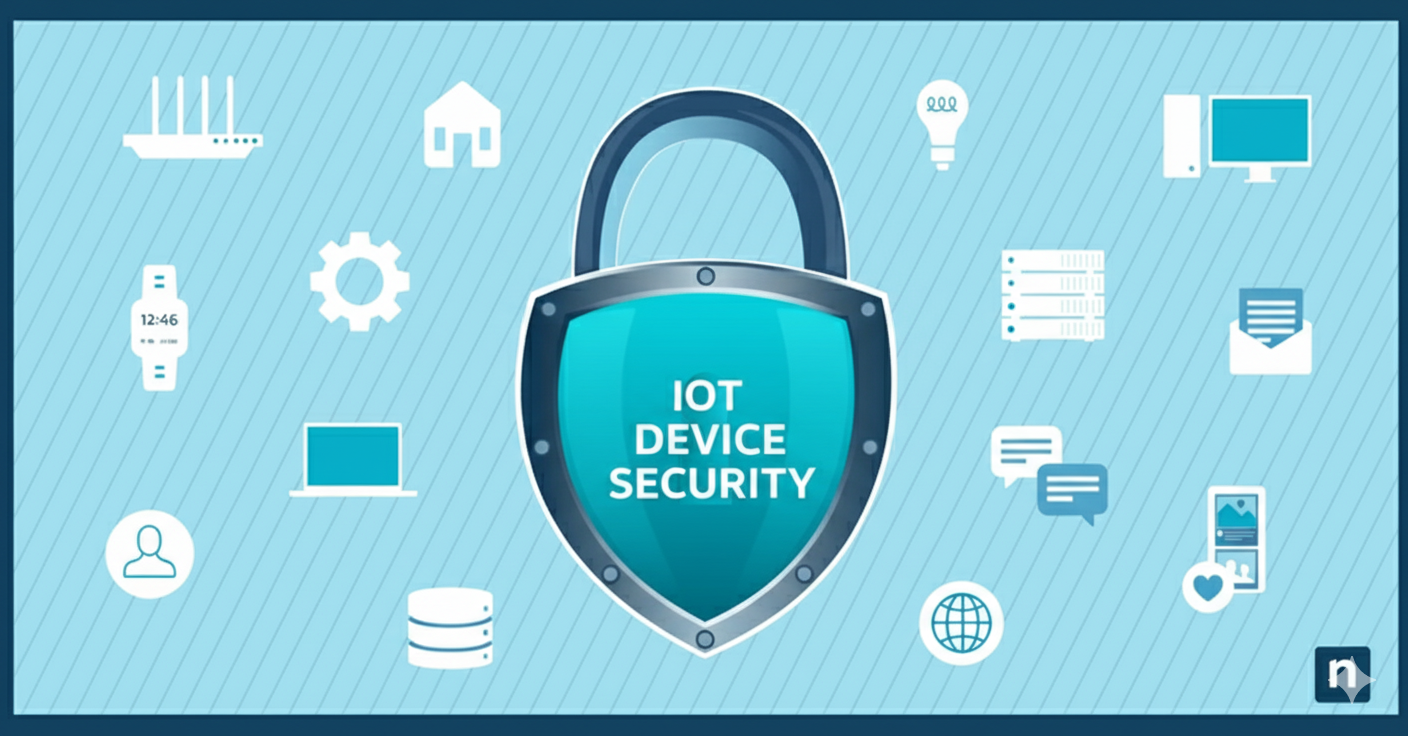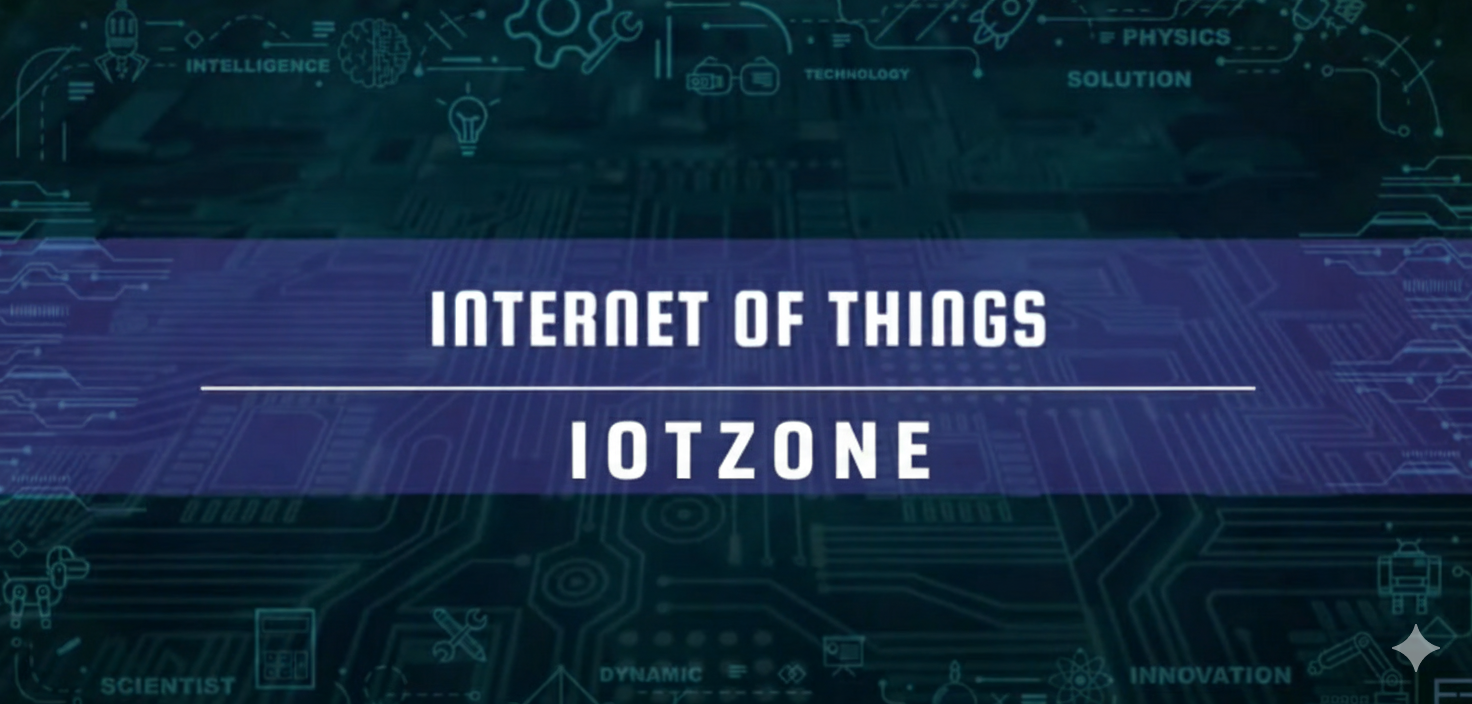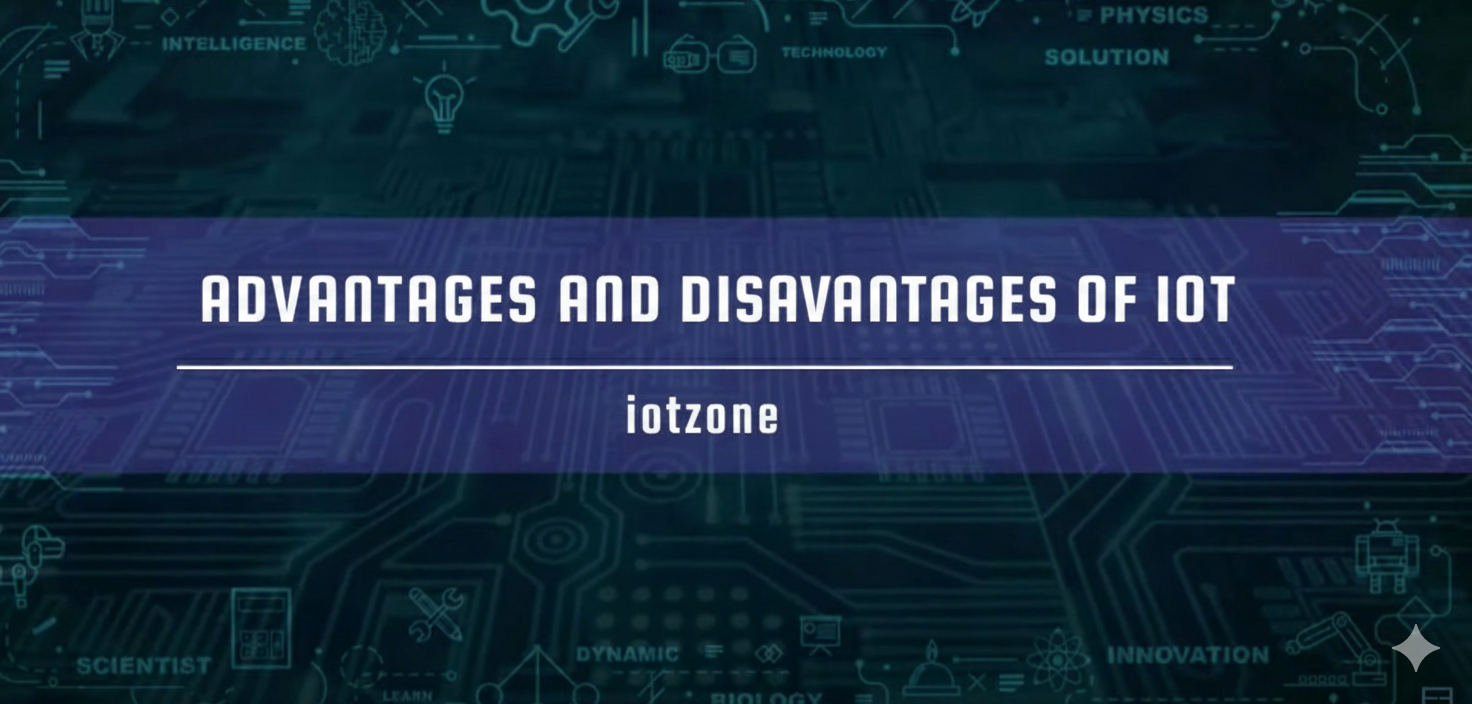IoT Security Risks and How to Protect Your Devices

Overview
The Internet of Things (IoT) has become one of the fastest-growing technological trends of the 21st century. Today, nearly every household or office contains connected devices. From smart thermostats and wearable fitness trackers to connected refrigerators, security cameras, and modern vehicles, everything is now a computer with sensors, software, and internet connectivity.
While these advancements bring unprecedented convenience and efficiency, they also introduce new cybersecurity risks. As the saying goes in the security world:
This means that every IoT device—from your smart light bulb to your car’s navigation system—has the potential to be exploited if not properly secured.
In this article, we will explore why IoT creates new risks, what the main threats are, and how both individuals and organizations can minimize their attack surface to stay safe in the connected world.
Why IoT Increases Security Vulnerabilities
Every IoT device runs on software, and software is inherently complex. The more complex the software, the more vulnerabilities exist.
-
The Linux operating system contains about 27–28 million lines of code.
-
Windows contains more than 50 million lines of code.
-
Modern automobiles have over 100 million lines of code to operate features like GPS, braking systems, and entertainment consoles.
Each line of code is a potential entry point for hackers if it contains bugs or design flaws. With more code comes greater complexity, and in cybersecurity, complexity is the enemy of security.
This creates a larger attack surface, making it easier for malicious actors to find weaknesses. Think of your attack surface like a target or bullseye. A larger target is easier to hit, but a smaller target is harder for attackers to exploit.
Major Security Risks of IoT Devices
IoT devices come with convenience but also carry risks that can affect privacy, safety, and even global security.
1. Privacy Invasion
IoT devices often collect personal data, such as your location, daily habits, or even conversations. If hackers gain access to your smart cameras or microphones, they could spy on you and steal sensitive information.
2. Safety Risks
Certain IoT devices, such as medical implants (insulin pumps, defibrillators) or smart cars, have direct control over human lives. A cyberattack on these devices could cause serious harm or even fatalities.
3. Denial of Service (DoS) Attacks
Hackers can disable IoT devices, preventing you from using them. Imagine your smart door lock failing to open or your connected thermostat refusing to function during extreme weather.
4. Botnets and Global Cyberattacks
One of the most alarming IoT threats is the botnet attack. Hackers infect millions of devices worldwide and use them collectively to launch massive Distributed Denial of Service (DDoS) attacks. In 2016, the Mirai botnet took down large parts of the internet using unsecured IoT devices like cameras and routers.
5. Data Theft and Exploitation
IoT devices often send data to the cloud. If these systems are breached, attackers can steal valuable information, such as health records, financial data, or corporate secrets.
How to Secure IoT Devices at Home
Securing your home IoT ecosystem requires a combination of good practices, strong configurations, and user awareness. Here are five key steps:
1. Strengthen User Credentials
- Never keep default usernames or passwords. Hackers often use public lists of default credentials to break into devices.
-
Create unique, long, and complex passwords for each device.
-
Use a password manager to store them securely.
-
Enable multi-factor authentication (MFA) whenever possible.
Remember: Long passwords = stronger security.
2. Secure Your Home Network
- Change your router’s default SSID (network name).
-
Set a strong Wi-Fi password with at least 12–16 characters.
-
Enable WPA3 encryption (or WPA2 if WPA3 isn’t available).
-
Create a separate IoT network using the “Guest Network” feature on your router. This isolates IoT devices from personal laptops, phones, or work computers.
3. Keep Software and Firmware Updated
IoT devices run on firmware, which needs regular updates to fix vulnerabilities.
-
Enable automatic updates whenever possible.
- Check the manufacturer’s website for firmware updates.
- Avoid using outdated devices that no longer receive security patches.
4. Apply the Principle of Least Privilege
-
Turn off unnecessary features such as remote access or cloud sync if you don’t need them.
- Limit app permissions (e.g., does your smart fridge really need access to your location?).
- Only connect devices to the internet when necessary.
5. Be Smart About Device Usage
- Power off or unplug IoT devices (like cameras) when not in use.
- Avoid buying cheap, unknown-brand IoT devices with weak security.
- Regularly audit all the connected devices on your network.
How Businesses Can Secure IoT Devices
IoT security in businesses is even more critical because one insecure device can compromise the entire corporate network. Here are five strategies:
1. Develop a Clear IoT Policy
Organizations should define rules on:
- What types of IoT devices are allowed.
- Security requirements for connecting devices.
- How employees should use personal IoT devices at work.2. Train Employees
Users often underestimate IoT risks. Training helps employees understand:
- Why IoT devices can be dangerous.
- Best practices for safe usage.
- How to recognize suspicious activity.
3. Enable Strong Security Controls
-
Segment IoT devices on separate networks.
- Use firewalls and intrusion detection systems (IDS).
- Implement strong authentication and encryption.
4. Discover and Monitor Devices
IoT devices can connect without approval. Businesses must use tools to automatically detect new devices on the network and monitor their activity.
5. Enforce Compliance and Security Policies
Security should be automated as much as possible. This includes:
- Blocking unauthorized devices.
- Forcing password policies.
- Regular audits to ensure compliance.
The Future of IoT Security
As IoT continues to expand, we may see billions of devices online by 2030. This means security will play an even greater role. Some future solutions include:
-
AI-driven threat detection to spot unusual device behavior.
-
Blockchain-based IoT security to ensure tamper-proof communication.
-
Zero Trust Architecture, where no device is trusted by default.
Conclusion
IoT has revolutionized the way we live and work, but it has also expanded our digital attack surface. Without proper security measures, these devices could become tools for hackers instead of serving us.
By following best practices—such as strengthening credentials, segmenting networks, keeping firmware updated, and training users—individuals and organizations can reduce risks dramatically.
Administrator
Frequently Asked Questions
Common questions about IoT Security Risks and How to Protect Your Devices. Find answers to the most frequently asked questions.
User Reviews & Comments
Share your experience with this IoT Blog. Your feedback helps our community make informed decisions!
Share Your Experience
Help others by sharing your thoughts about this IoT Blog.
Related Blogs
Explore more IoT Blogs in the same category

What is the Internet of Things (IoT)?
Tutorials
The Internet of Things (IoT) connects everyday devices to the internet, enabling smart homes, healthcare, farming, and industries with automation, real-time monitoring, and data-driven insights.

IoT Components: Working of IoT, Sensors & Actuators, Role of IoT, IoT Cloud, IoT Analytics
Tutorials
Explore IoT components, working, sensors, actuators, IoT cloud, and analytics. Learn how IoT transforms data into insights, connecting devices for smarter and efficient solutions.

Is IoT a Blessing or a Curse? A Deep Dive into its Advantages and Disadvantages
Tutorials
Discover the benefits and challenges of the Internet of Things (IoT). Learn how IoT enhances automation, resource management, and safety, while addressing issues like security, privacy, and job displacement.
No Reviews Yet
Be the first to share your experience with this IoT Blog!